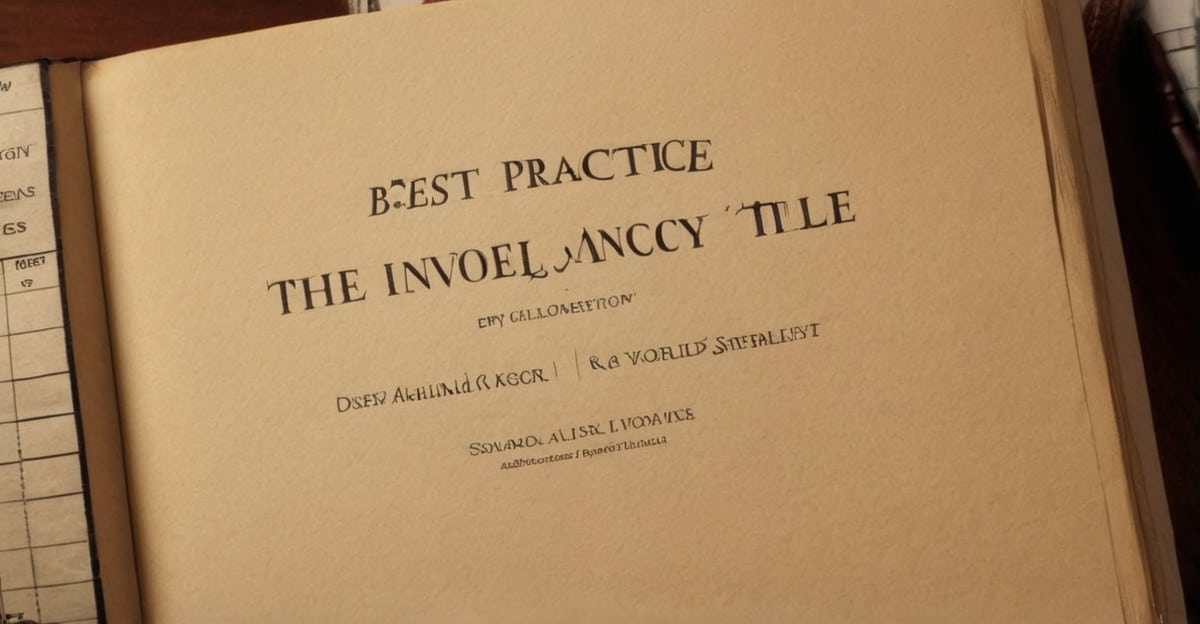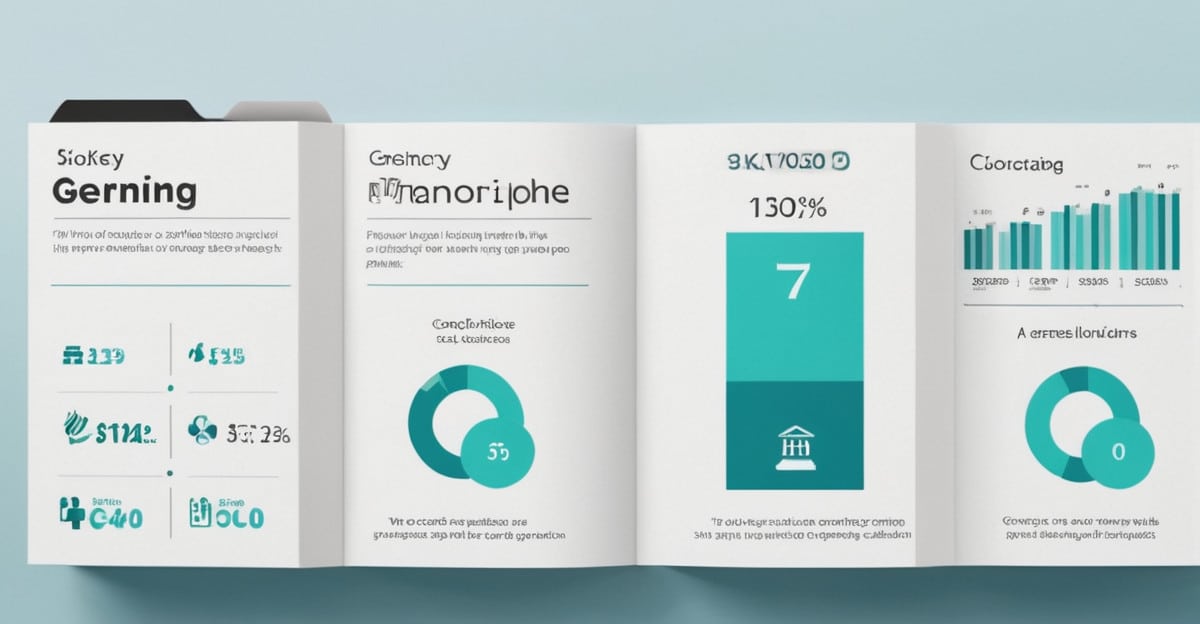
Introduction
In the current fast-paced corporate world, it is essential to make sure clients pay on time. By putting the best invoicing practices into practice, you may greatly enhance your cash flow and lessen the stress brought on by late payments. We’ll look at the best invoicing practices in this in-depth article to help you get paid sooner in 2024.
1. Create Detailed and Clear Invoices
The first step in receiving payment on time is submitting a clear, thorough invoice. Make sure your bills have all the information required, including the client’s name, contact details, a description of the goods or services rendered, quantities, rates, and the total amount owed. Don’t forget to indicate your preferred payment methods, due date, and terms of payment.
Simple and straightforward bills reduce the possibility of misunderstandings and disagreements, which makes it simpler for customers to execute payments on time. Make sure all the material is simple to read and comprehend and use a professional layout.

2. Automate Your Invoicing Process
Your invoicing process may be completely transformed by automation. You can make the entire process more efficient by using invoicing software, from creating invoices to monitoring payments. Automated invoicing solutions save time, cut down on human error, and even notify customers when it’s time to pay.
Recurring billing is a feature that many invoicing software offer, making them ideal for companies that have consistent customers. Automating your billing process guarantees dependability and regularity, which eventually results in quicker payments.
3. Set Clear Payment Terms
Establishing explicit terms for payment is one of the most crucial best invoicing practices. Establish your terms of payment up front and make sure your clients are aware of them. This includes stating the deadline, any late fines, and the accepted forms of payment.
Depending on your company’s demands, common payment terms include Net 30, Net 15, or even Net 10. These provisions should be stated explicitly in your contract and invoice to prevent misunderstandings and to establish the standard for on-time payments.

4. Offer Multiple Payment Options
Having a variety of payment alternatives available can greatly boost the possibility of receiving payment promptly. Offering a range of payment options, including credit cards, bank transfers, PayPal, and other online payment systems, can help your clients pay you more easily because they all have distinct preferences and financial limits.
You’ll get paid more quickly if you make it easier for customers to make payments. Make sure your invoices expressly list every method of payment that is available.
5. Send Invoices Promptly
On-time payments depend on timely invoicing. As soon as a project is over, or on a regular basis for ongoing services, make it your practice to submit bills. Your cash flow may be affected and payments may be delayed if you take too long to send out your invoices.
You can maintain organization and make sure that bills are sent out on time by using invoicing software. Your clients can process and pay their invoices more quickly if they receive them earlier.

6. Follow Up Regularly
It’s imperative to follow up frequently to make sure you get paid on schedule. Please don’t hesitate to send a courteous reminder if a payment is past due. Clients may need a friendly reminder to remember to make the payment because they occasionally forget.
Establish a method to monitor past-due invoices and arrange for frequent follow-ups until the money is paid. Maintaining regular contact shows professionalism and keeps your bills in the client’s mind.
7. Include Incentives for Early Payments
Offering incentives to consumers can be a very effective way to encourage them to pay bills on time. Think about rewarding early payment with discounts or other advantages. Customers may be encouraged to pay sooner rather than later, for instance, by offering a 2% discount for payments completed within ten days.
These incentives should be clearly stated in your payment terms and on your invoices. This not only promotes timely payments but also strengthens your bonds with your clientele.
8. Use Professional Invoice Templates
Your invoicing procedure might be improved by using expert invoice templates. A well-crafted template guarantees that all pertinent data is included and presented in an understandable and structured way. Additionally, it elevates the professionalism of your business correspondence.
You can customize several invoicing software systems’ templates to match your brand and specific business requirements. A polished and standardized invoice template can make a good first impression on your clients that will last for a long time.
9. Keep Accurate Records
Effective invoicing requires keeping precise records of all invoices, funds received, and amounts due. This facilitates the monitoring of your cash flow, the early detection of problems, and the production of reliable financial reports.
To effectively track and manage your invoices, use accounting software. Maintaining accurate records makes sure you have access to all the information you need and can respond promptly to any discrepancies or inquiries from clients.
10. Communicate Clearly with Clients
Many billing-related problems can be avoided by having open lines of contact with your clients right away. Before starting a project, go over goals, payment arrangements, and any potential issues. By doing this, a strong foundation is established and mutual understanding is guaranteed.
Maintaining open lines of communication throughout the project not only strengthens the partnership but also lowers the risk of payment delays. Assist your clients with any questions they may have and keep them updated on the status of their invoicing.
Conclusion
You may greatly increase your chances of receiving payment sooner in 2024 by putting these best invoicing practices into effect. Every stage is essential to guaranteeing on-time payments, from generating thorough invoices to automating your invoicing procedure and providing a variety of payment choices. Recall that keeping a healthy cash flow and cultivating strong client relationships depend on clear communication and frequent follow-ups. You can simplify your invoicing procedure and concentrate more on expanding your company by implementing these tactics.






